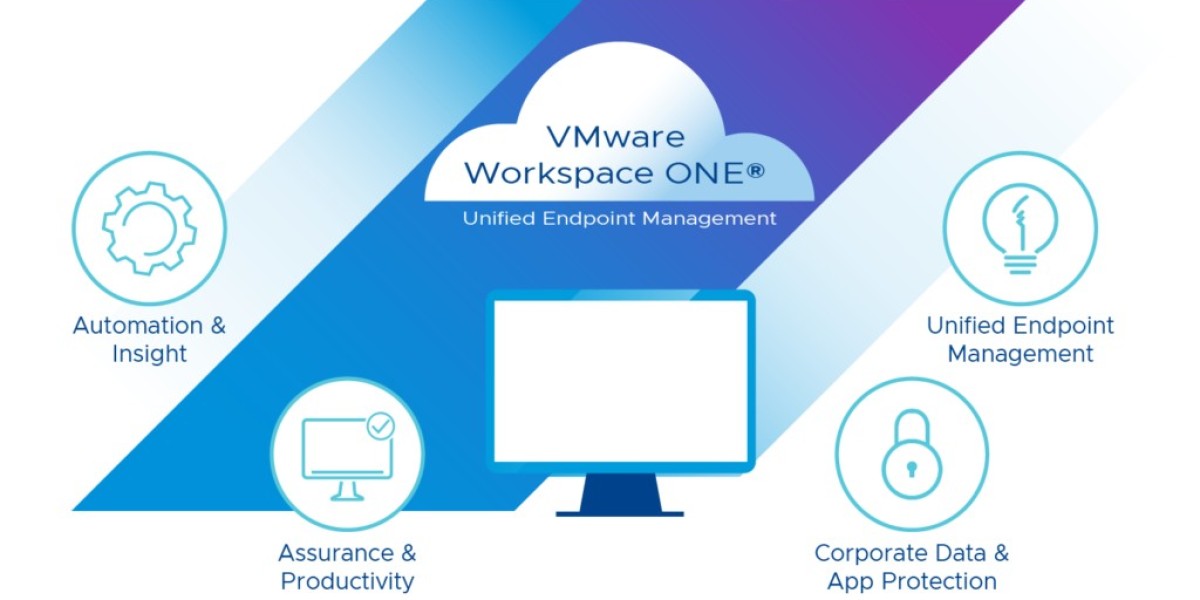The role of Unified Endpoint Management is undergoing a profound shift. It is evolving from a reactive tool used for deploying policies and wiping lost devices to an intelligent, automated operations hub. Powered by artificial intelligence and machine learning, the next generation of UEM is predictive, self-healing, and deeply integrated into the very fabric of IT security and workflow automation, proactively managing the digital employee experience.
This transition from basic management to intelligent automation is a primary catalyst for its expansion. According to Straits research, the global unified endpoint management landscape was valued at USD 10.15 billion in 2024 and is projected to reach from USD 13.34 billion in 2025 to USD 118.94 billion by 2033, growing at a CAGR of 31.45% during the forecast period (2025-2033). This growth is fueled by the need to support remote work at scale and to combat increasingly sophisticated cyber threats targeting endpoints.
Innovation Focus and Competitive Analysis:
Innovation is centered on reducing the burden on IT teams and enhancing endpoint resilience.
The Rise of AI and ML: Leading providers are infusing AI throughout their platforms. VMware Workspace ONE leverages its intelligence engine to predict and troubleshoot endpoint issues before they impact users. IBM MaaS360 uses Watson AI to analyze vast datasets to detect anomalous behavior that might indicate a breach, moving from compliance to threat detection.
The Power of Integration: Ivanti (USA) has staked its strategy on the fusion of UEM with its IT Service Management (ITSM) and security tools. This creates a powerful automated workflow: a UEM system can detect a vulnerable device, and the integrated ITSM platform can automatically deploy a patch without human intervention, dramatically reducing response times.
The Security Convergence: Microsoft Intune’s deep integration with Defender for Endpoint creates a feedback loop where security threats detected by Defender can trigger immediate isolation and remediation actions through Intune, closing the loop between security teams and device management.
Regional Adoption Patterns: In North America and Europe, adoption is driven by strict data privacy regulations (GDPR, CCPA) that require demonstrable control over corporate data on any device. In the Asia-Pacific region, growth is fueled by rapid digital transformation and the proliferation of mobile-first workforces, with companies like ManageEngine (India) and SOTI (Canada) gaining strong market share.
Emerging Trends: Proactive Experience Management and Beyond
A key trend is the focus on Digital Employee Experience (DEX). Modern UEM tools are incorporating features that monitor device performance, application responsiveness, and network connectivity from the user's perspective. This allows IT to move from simply managing devices to proactively ensuring employees have the tools they need to be productive, regardless of location.
Furthermore, the scope of "endpoints" is continuously expanding. The next frontier is the secure deployment and management of AI-powered tools and applications on these devices. UEM platforms will be critical in governing how AI is used across the fleet, ensuring responsible and secure usage.
Recent News and Developments:
The industry's velocity is clear in recent announcements. VMware recently unveiled new AI-driven capabilities in Workspace ONE that provide personalized support recommendations to users. In a significant partnership, Microsoft and Cisco announced deeper integration between Intune and Cisco's security stack, bridging network and device security. From Japan, news reports indicate a surge in UEM adoption among major financial institutions looking to secure their remote work policies long-term.
Summary: UEM is evolving into an intelligent automation platform focused on preempting issues and enhancing the user experience. Driven by AI and deep integration with security tools, it is becoming the central nervous system for IT operations.













